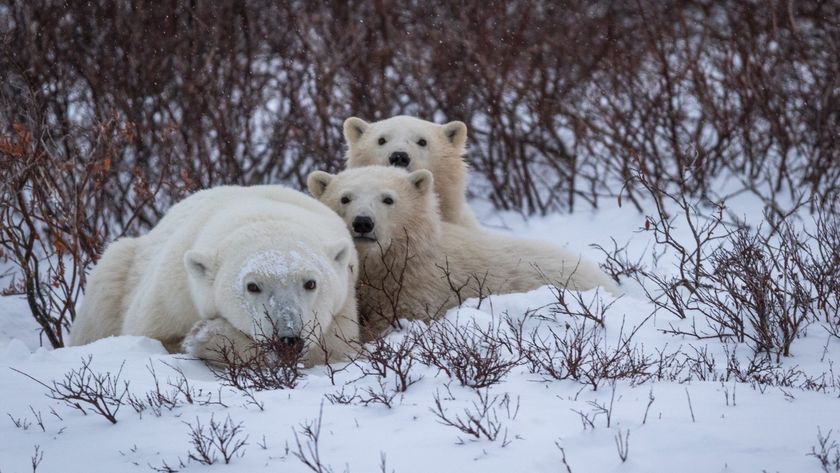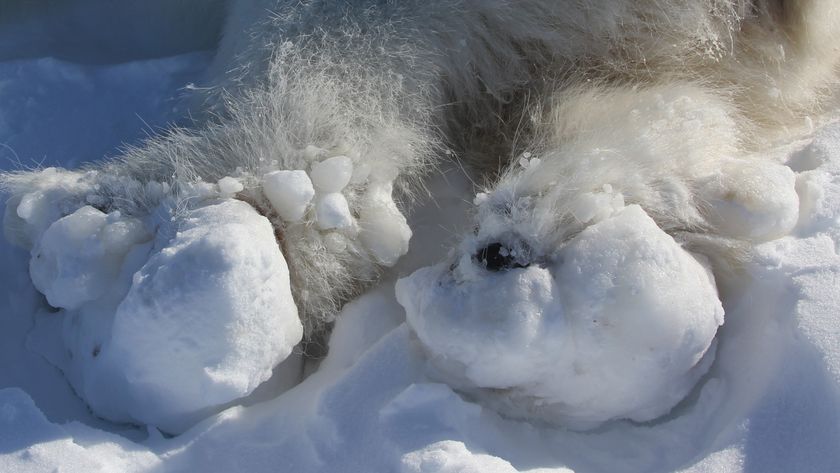Mysterious Polar Bear Death Linked to Zebra Herpes

In 2010 at the Wuppertal Zoo in Germany, brain inflammation killed one female polar bear, Jerka, and sickened her male companion, Lars, whom veterinarians were able to save.
Brain-swelling disease, or encephalitis, can be caused by many pathogens. But after investigating samples from Jerka, Lars and nine other polar bears researchers believe they have identified the culprit: a mishmash virus that originated in zebras.
The bear-killing virus appears to have emerged when a portion of equine herpes virus transferred a portion of its genetic code — one known for its role in causing disease that affects the nervous system — into a second equine herpes virus, researchers say. (Equine refers to members of the horse family, which includes zebras.)
This conclusion raises many questions. For starters, when and where did this new virus emerge? And, is this recombination, or mixing, what enabled the virus to jump species and cause a fatal disease?
And, of course, how did the polar bears at Wuppertal Zoo catch the virus?
The zebras are housed 223 feet (68 meters) from polar bears and are not cared for by the same zookeepers. But the two parent viruses have also been associated with fatal encephalitis in other zoo species, such as gazelles and guinea pigs. The researchers are now exploring whether or not wild mice and rats could be carrying the virus.
"These viruses do not seem to respect species boundaries and in fact, we don't really know whether they have any," said study researcher Klaus Osterrieder from the Freie Universität Berlin in a statement.
Sign up for the Live Science daily newsletter now
Get the world’s most fascinating discoveries delivered straight to your inbox.
Samples from a polar bear that had died years earlier at another zoo tested positive for the same recombinant virus. This indicates the virus had jumped between species more than once.
The research, led by Alex Greenwood, of Leibniz Institute for Zoo and Wildlife Research Berlin, was published online today (Aug. 16) in the journal Current Biology.
Follow LiveScience on Twitter LiveScience @livescience. We're also on Facebook & Google+.












